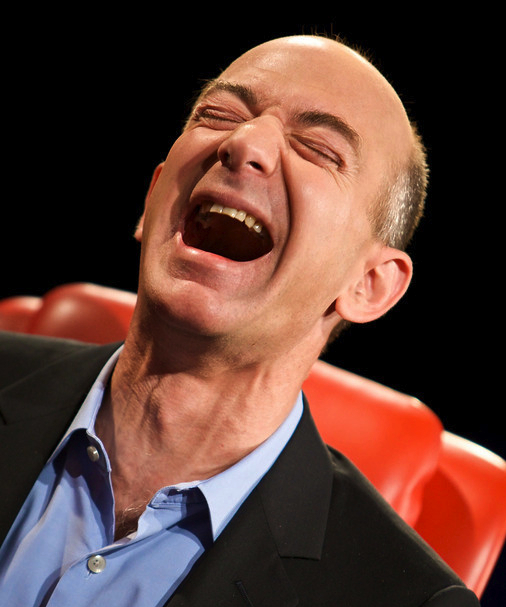When two separate shows open at the same time, both centered on photography and running in the same museum, one wants to make connections. However, the Henry is currently featuring a pair of very different artists. David Hartt is in mid-career, while Ray K. Metzker has almost retired his camera at age 82. Metzker’s black-and-white urban studies are fairly well-known, though more so in the Midwest than here. (He trained in Chicago and lives in Philadelphia.) In this large traveling show, we see 101 images taken over five decades in several cities. It’s a career summation, likely an ending.
Hartt’s bigger color images number only four in Stray Light, which also includes a wall-filling 12-minute video bearing the same name and taken in the same Chicago office tower. There’s been a recent vogue for photographers to document crumbling old infrastructure and abandoned buildings in Detroit and other Rust Belt cities, but that’s not Hartt’s intent. A few workers are seen in his video, and his photos depict immaculately maintained offices with a very retro-chic early-’70s aesthetic, preserved in a Nixon-era time capsule.
During his visit last month, Hartt explained how he got permission to photograph inside the headquarters of Johnson Publishing Company, a family-run enterprise best known for Jet and Ebony magazines. John H. Johnson founded the company in the ’40s, and 30 years later it was successful enough—with magazines also including Negro Digest, Hue, Black Stars, and Tan—to build its own flagship building, designed by architect John Moutoussamy with interiors by Arthur Elrod. The 1972 structure was intentionally lavish and self-validating, a monument to Johnson and his empire. His many magazine titles both sold to an emerging black middle class and also shaped that black middle class. Hartt, an African-Canadian now based in Chicago, came from such a family, one of millions whose identity Johnson subtly influenced. “They’re so conscious of how they’re creating culture,” says Hartt.
Yet by the time Hartt arrived, soon before Johnson Publishing sold and vacated the building in 2010 (five years after the founder’s death), the entire publishing industry was in steep decline. (Thanks, Internet.) The 11-story building was half empty, its opulent Lucite modernism almost mausoleum-like. Still, it conveys pride more than kitsch. Hartt would set up his video camera, he says, then walk away, leaving it to accumulate hours of mundane office life among the many empty cubicles. He later edited down the footage and commissioned a jazz score by Nicole Mitchell.
The video conveys the anomie of modern office life, coupled with the sadness of a sagging industry. All the archives, file cabinets, and artifacts of traditional publishing are obsolete. Yet there’s a dusty, lingering optimism to the orange sofas and ’70s palette, to the test kitchen and cosmetics counter. Hartt even duplicated the crazy rug pattern—almost like that in The Shining—on the floor of the Henry’s small video gallery.
While Hartt’s frames
are depopulated,
Metzker’s treat people as geometric components, accessories to his compositions. In his famous overhead view of a kayak, taken from a bridge, the still kayaker is like a piece of machinery, with oars perfectly perpendicular to the hull. Placing his camera on the ground in 1958 Chicago, he makes a scrap of cardboard into a looming sculptural element—like something Richard Serra would render in steel, 30 feet tall, also to dwarf us urban inhabitants.
People are subordinate to the urban patterns of Metzker’s cityscapes, and that’s where I see a kinship to Hartt’s lonely Stray Light tableaux. Metzker’s postwar teachers at Chicago’s Institute of Design were heirs to the Bauhaus tradition. As a street photographer, he favors the slashing geometry of sun and shadow, the unexpected diagonals and penumbras that swallow pedestrians whole. Though a contemporary of Robert Frank and Lee Friedlander, he never makes passers-by central to his gaze. Instead he treats them like accidental intruders in his frame.
In no way would I suggest that Metzker is an anti-humanist photographer; he’s just not looking for those Cartier-Bresson kind of moments. Warmth or empathy are beside the point. There’s a studied, almost clinical quality to his photographs—which, like Hartt’s, never would’ve made it into the pages of Jet or Ebony.
bmiller@seattleweekly.com
HENRY ART GALLERY UW campus, 543-2280, henryart.org. $6–$10. 11 a.m.–9 p.m. Thurs.–Fri., 11 a.m.–4 p.m. Wed., Sat., & Sun. Ends Jan. 5.








